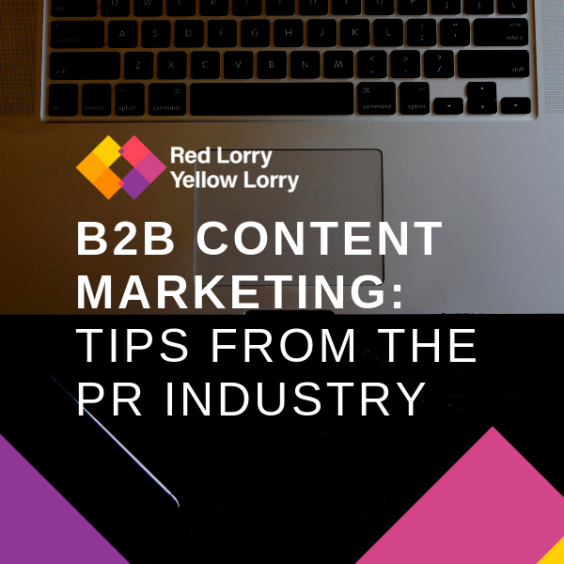Compelling content is an important part of any effective b2b PR strategy. It seems simple enough – your business has a message it wants to put out, you write it up. However, when pen meets paper, the nuances of b2b PR writing become apparent.
Drafting b2b PR content is all about tailoring messaging to business audiences, which poses a few interesting challenges. The writer at the helm is tasked with juggling a few key questions:
Who is the audience?
Business audiences can be a tricky group to captivate. They’re not your typical content consumer, like someone reading national news, or checking last night’s sports results.
Business audiences are made up of industry professionals, often looking for specific verticalized information about the field they’re in. This means bespoke content is required, depending on the target industry in question and the needs of the movers and shakers in a specific sector.
Why do they care?
It’s important to make sure that b2b byline articles aren’t just a rehashed pitch. Articles that are too salesy or self-congratulatory will not only stifle page-views, but they’ll turn off your target audience. Worse, they’ll spook editors from taking additional content further down the line.
It’s also crucial to ensure content is composed with the publication’s readership in mind, as well as brand messaging. Your spokespeople will gain more credibility if they’re positioned as an expert in the topic they’re discussing, rather than a corporate automaton spouting sales jargon.
What do we want to convey?
Establishing crystal clear messaging before starting to push out content is also extremely important. Your brand’s messages should articulate the issue your business is looking to solve, how it will go about solving it, and the technology behind its solution. Messaging should also speak to industry professionals in relevant sectors—if it’s too complex or convoluted for even them to understand, you’ve gone wrong.
It’s also important that brand messaging doesn’t change as frequently as the wind. If your messages are forever in flux, you won’t be able to measure their impact in any useful way. Once you’ve set your messaging, stick with it for as long as is necessary to properly judge its impact. Only then can effective changes be made.
How can I stand out?
Diversify your spokesperson matrix. It’s great to repeatedly draft comments and articles on behalf of the same spokesperson because it builds their creditability around the topic, but that can sometimes run stale.
Think creatively, especially if the content is going to a vertical publication. Is there anyone in the business who has that level of specific knowledge? Anyone who has relevant prior experience?
Offering up different spokespeople will make b2b byline pitches more interesting to publications, and avoids unnecessary repetition.
When is it being published?
It sounds simple enough, but stick to publication deadlines!
Nothing is more likely to irk an editor than repeated requests for extension, without a valid excuse. If you’ve promised an article by a particular date, make sure it’s delivered on time, or risk the publication turning elsewhere in future.
In a similar vein, don’t ask your agency partner to produce content at the drop of a hat. All good things take time, and content writing is no exception. Understand that approval processes within an agency—as well as those internal to your business—take time, and factor that in when negotiating deadlines.
There we have it—drafting a b2b byline for publication doesn’t have to be a daunting task after all. When thinking about creating compelling b2b content, brands should keep the following questions in mind:
- Who is the audience?
- Why do they care?
- What do we want to convey?
- How can I stand out?
- When is it being published?
To find out more about byline writing and our PR and marketing services, drop us a line at hello@rlyl.com or visit our contact page.
Sign up to our newsletter



